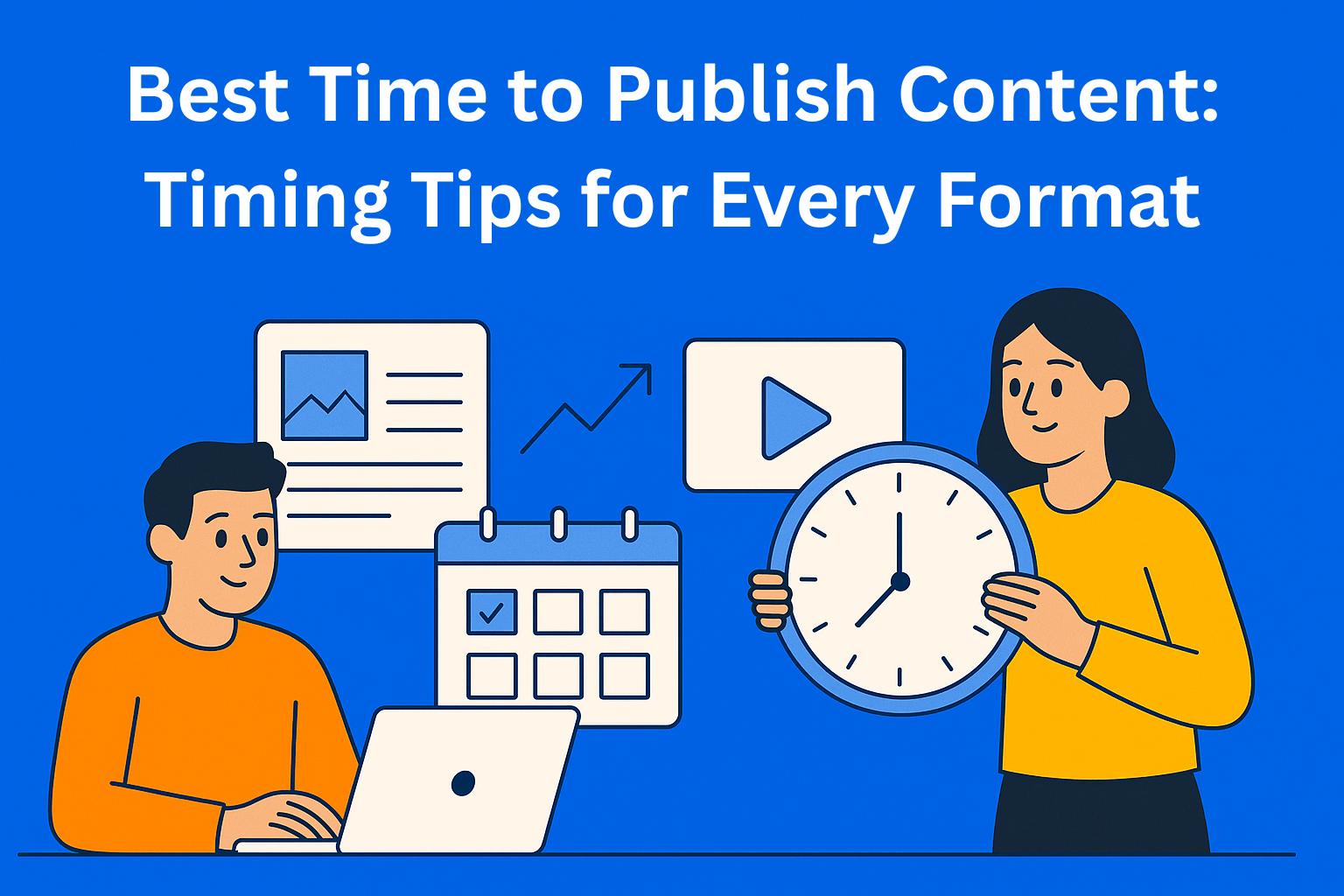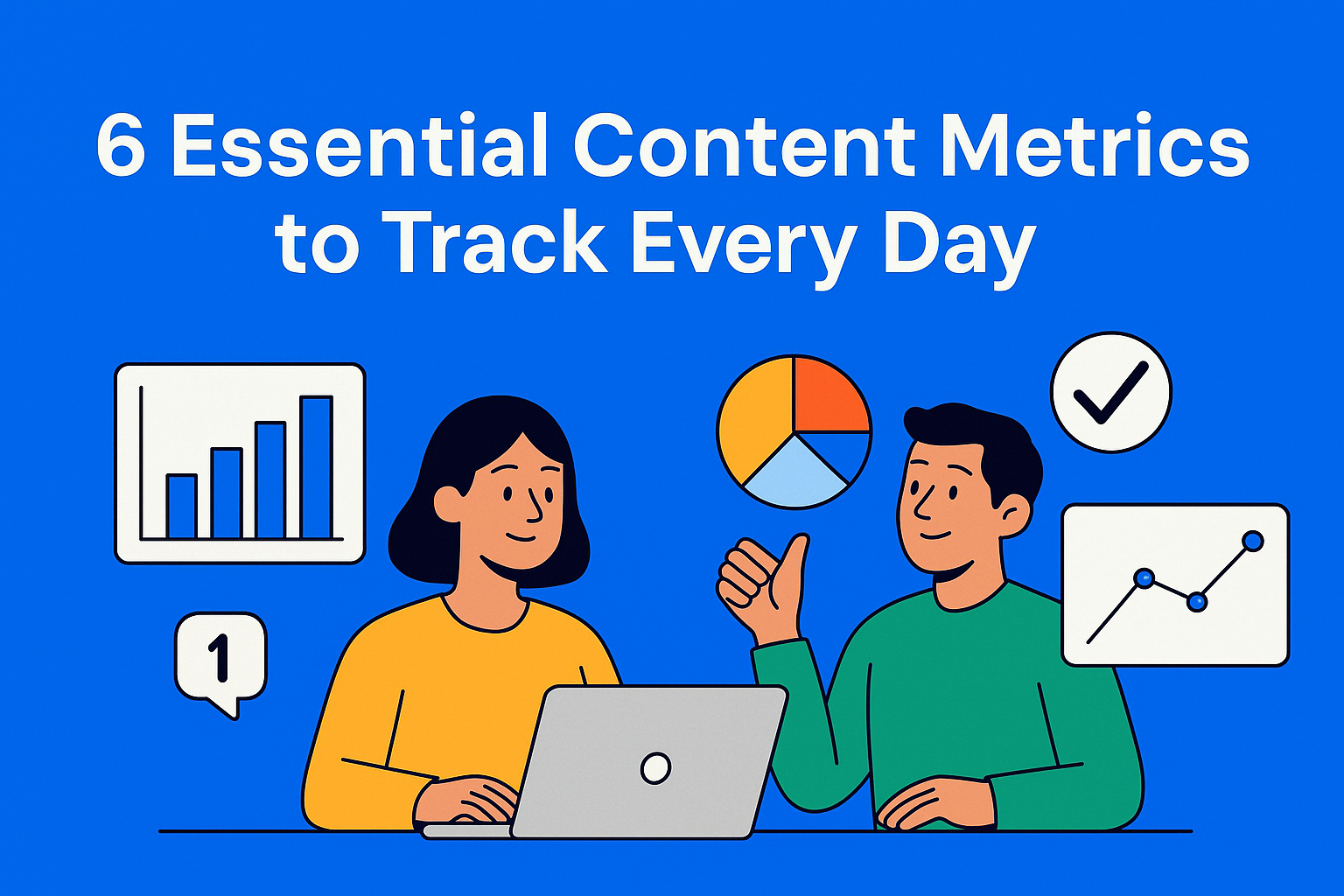The Risk of Training Your GenAI on Bad Content
Thinking of training your GenAI on your old blog posts? Be careful, bad content = bad results. Learn how to pick, clean up, and prep your content the right way so your AI writes like your best self, not your rookie version.

Imagine you want to build an AI that writes blog posts for you. Smart, witty, and knows what it's talking about. You think: "Great, I’ve got an archive of 200 blog posts - I’ll train it on those!" But… are you sure those blog posts are actually good?
Because if your old content isn’t all that great, there’s a good chance your AI won’t be either. That’s the classic "garbage in, garbage out" problem. So let’s talk about why it really matters what you feed your AI model.
Key Takeaways
- Garbage in, garbage out applies to AI too - If your training content is weak, outdated, or unfocused, your AI will mirror those flaws in everything it produces.
- Good training content reflects your voice and clarity - Pick your best blog posts, ones with structure, real value, and personal tone, to teach AI your style properly.
- Review your past work before using it - Run your older posts through tools like Grammarly or Hemingway to clean them up before using them for fine-tuning.
- Mix your content with trusted external sources - Training your model only on your own material can limit its output. Blend in high-quality articles from reputable websites.
- Write like you're teaching a smart student - Structure your posts with a clear problem, real solution, and logical flow. That way both AI and humans benefit.
Why Train AI on Your Own Content?
Here’s the thing - your content already reflects your voice, your favorite topics, and how you like to talk to your audience. For example, if you've been writing about digital marketing, SEO strategies, or content creation, your posts already carry your tone, your approach, and your language.
So when you train GenAI on your own material, it's actually learning your style and figuring out how to sound like you. That means the AI will start producing results you like faster, without much tweaking, and it’ll keep your communication style consistent.
And of course, if you've already put in hours of work creating that content, it makes sense to reuse it for training. But… here's where things get tricky.
What If Your Old Content Isn’t That Great?
This doesn't mean you’re a bad writer - but maybe:
- Your topics were too shallow
- Posts were too long and lacked focus
- There were grammar issues, poor structure, or weak SEO
- Or maybe they’re just outdated
Now imagine training your AI on that older version of your work. The AI won’t "know" that something’s wrong - it’ll just copy the patterns it sees. And now you’ve got an AI that repeats your old mistakes instead of improving on them.
Two Models, Two Stories
Picture two scenarios:
Model A: You train your AI on polished, high-quality posts - the kind you wrote once you had experience and clarity. The result? The AI writes smooth, engaging content with strong headlines and a clear message.
Model B: You train it on content from when you were still figuring things out. Sentences are messy, titles are boring, and the message is unclear. The result? Low-energy, vague, hard-to-follow blog posts.
See the difference? What you give it is what you get. The quality of the data you train your AI on directly affects the quality of the content it produces.
How to Know If Your Content Is Good Enough
Here’s a simple checklist to see if your blog posts are ready for AI training:
- Does the blog solve a clear problem or answer a real question? For example, if the title is "How to Improve SEO in 2024," does the post actually offer useful advice?
- Is there a clear structure? Like: an intro to set the stage, a body with useful info, and a conclusion that wraps it all up. Bonus points for including a call to action like "Learn more" or "Sign up for the newsletter."
- Is it easy to read? Try reading it out loud - if it sounds natural and smooth, great. If it sounds stiff like a school paper, it might need simplifying.
- Are you using the right keywords? For instance, if you're writing about digital marketing, are you including phrases people actually search for - like "Facebook ads," "email campaigns," "how to write catchy blog titles," "top SEO tools," "Instagram marketing for beginners," or "how to build a monthly content plan"?
- Are you adding your own voice or insights? It’s not enough to repeat what others have said. Add personal stories, practical examples, or your own unique take.
If most of these boxes are checked - awesome. If not, it might be time to clean things up before letting your AI learn from them.
What If Your Content Isn’t Perfect (But You Still Want to Use It)?
That’s totally fine. You don’t need perfect content - just smart ways to make the most of what you’ve got. Here’s how:
- Pick your best stuff: Don’t feed your AI everything you’ve ever written. Instead, choose the top 10 or 20 pieces you’re proud of - maybe your most-read, most-shared, or the ones that reflect your best work.
- Clean it up before using it: Read through those posts and tighten them where needed. Fix grammar, shorten long sentences, add clearer examples, or update old info.
- Mix in other high-quality sources: Don’t limit yourself to just your own content. Add blog posts or articles from trusted sites like HubSpot, Neil Patel, Copyblogger, etc. That way your AI learns from strong examples.
- Do fine-tuning in steps: You don’t have to train the AI only on your content. Start with a general, high-quality dataset (like good industry blogs), then fine-tune it using your cleaned-up posts. That way, it learns the basics first, and your style second.
Bottom line: balance is key. Your content doesn’t need to be flawless - but it should be good enough to teach your AI the right habits.
Think Long-Term: Create Content That’s Worth Learning From
If you want to use your blog posts to train AI, write with intention. Imagine your content being read by both a real person and a smart machine.
That means using clear and simple headlines, writing with a logical flow (intro, body, and conclusion), and including basic metadata like date, author, and category. That context helps your AI better understand the content.
Most importantly, write like you’re explaining something to a smart student who wants to learn from you. Because in a way, that’s exactly what your AI is.
Final Thought: AI Doesn’t Know Better - It Knows What You Give It
A big myth is that AI can "fix" weak content. It can’t. It can only recreate what it learned. Feed it average material, and you’ll get average results. Give it high-quality content, and it can produce something great.
So next time you’re thinking of training your GenAI with your old blog posts, ask yourself: Would I want to read this today? If yes - awesome. If not - well, now you know what to do.
Bonus: Tools and Resources to Prepare Your Content for AI Training
If you want your AI model to learn from the best possible content, here are some tools that can help you evaluate and improve your writing:
- Hemingway App - helps you make your text clearer and easier to read. It highlights complex sentences and unnecessary words. Very useful if you want to write in a simple and direct way.
- Grammarly - checks grammar, spelling, and style, and suggests improvements. It also helps you improve tone and clarity in your writing.
- Surfer SEO or Yoast SEO - SEO optimization tools that show you how to use keywords effectively and write content that has a chance of ranking well on Google. They give you real-time SEO suggestions while you write.
- Google Trends - lets you see which topics and keywords are currently trending and relevant. Helps you write about things your audience is actually searching for.
- ChatGPT - use it to test how an AI model understands your style: give it one of your blog posts and see how it performs. You can also use it as a brainstorming partner or to write drafts.
These tools can help you take your content to the next level, before handing it over to your GenAI model to learn from.






